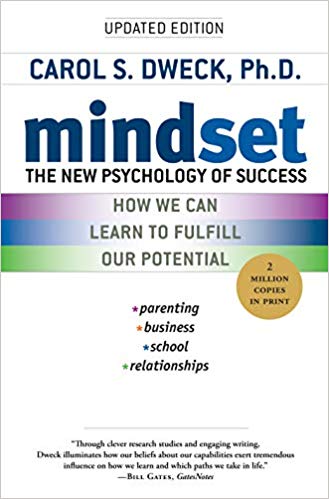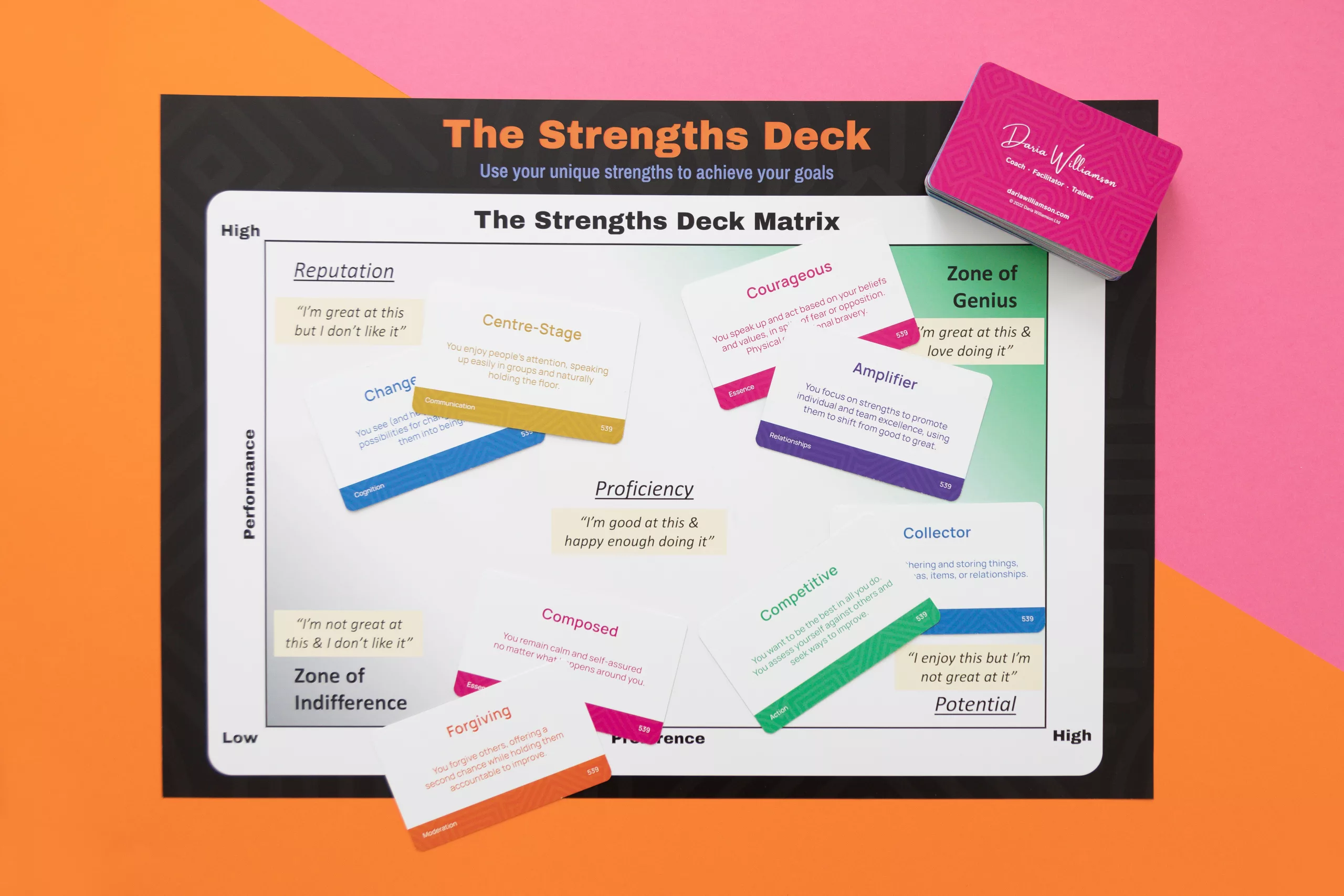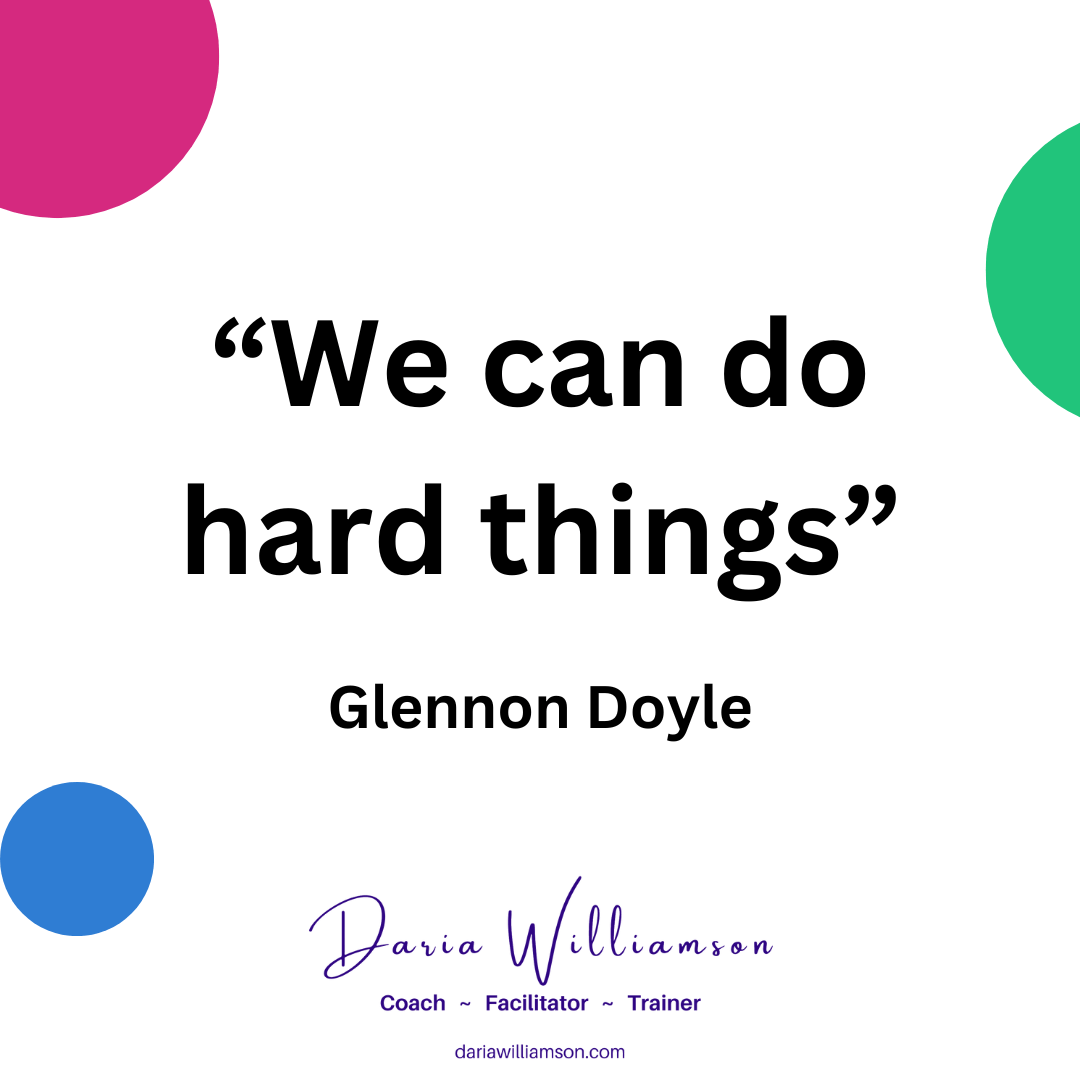Over the course of our lives, we develop and adopt beliefs about ourselves and how the world works. The word “mindset” is the collective name for these beliefs.
Our mindset guides our choices, behaviours, decisions, and how we view the world. If you’ve ever walked away from a conversation thinking “How on earth could they think that?!”, chances are you were talking to someone who is operating from a completely different mindset to you.
Where does our mindset come from?
Our mindsets are a mixture of outside influences and internal processes. We observe how important people in our life react to mistakes, challenges, setbacks, and learning opportunities. In addition, the stories we tell ourselves to make sense of our experiences influence our mindset.
Fixed vs growth mindsets

Mindsets about learning, performance, and capability can generally be divided into “fixed” or “growth” mindsets.
Carol Dweck has written an excellent book [non-affiliate Amazon link] covering her research findings in this area. I recommend this book to every leader, parent and coach that I encounter – in fact, if you’re a human, you would probably benefit from reading it!
The mindsets explained
Most people will find that they have a fixed mindset as a default in many areas of their life. The good news is that we can change our mindset if we put our minds to it.
Fixed mindset
A fixed mindset is based on that belief that all abilities (such as intelligence or sporting skill) are hard-wired at birth. The mindset often includes the belief that there is only a certain amount of success to go around. That makes life a zero-sum game (if you win, I must lose).
People in a fixed mindset:
- Believe if something takes effort, it’s proof they aren’t “good enough”, or the activity isn’t worth pursuing.
- Are more likely to quit a job or exit a relationship than attempt to address issues that need improvement.
- Consider setbacks and failures as proof they shouldn’t try again (because failures are permanent).
- Feel compelled to see themselves as the best at something, and need to ensure that everyone around them sees it too.
- Blame other people or external events (“You made me drop the ball” versus “I need to get better at catching”). Also known as externalising or playing the victim.
- Feel threatened by the success of others.
“Our vanity, our self-love, promotes the cult of the genius. For if we think of genius as something magical, we are not obliged to compare ourselves and find ourselves lacking… To call someone ‘divine’ means: ‘here there is no need to compete’.”
Friedrich Nietzsche
Growth mindset
A growth mindset starts with the belief that anything can be improved through effort. It sees success as something that everyone can share in, and failure as providing useful feedback to inform future efforts.
People in a growth mindset:
- View effort as the pathway to mastery.
- Persist in the face of setbacks and challenges.
- View learning and improvement activities as evidence of success in and of themselves, in addition to contributing to the achievement of an end-goal.
- Find setbacks motivating and informative, and use them as a wake-up call to inspire them to work harder and smarter.
- Take responsibility for the processes that bring success. This means they direct their attention to areas that matter and that they can control. They maintain their discipline, and hold themselves accountable for their efforts.
- Learn from and are inspired by the success of others.

What are the benefits of a growth mindset?
People who tend towards a growth mindset:
- Have greater life satisfaction
- Get better grades
- Have better relationships
- Are less likely to suffer from anxiety and depression
- Demonstrate greater resilience in the face of challenges
- Focus on improving themselves and their work, encouraging others to lift their game
- Are more likely to proactively solve problems
- Have higher motivation
- Achieve their goals more quickly
So, how can you tell if you tend more towards a fixed or a growth mindset?
Typical fixed and growth mindset thoughts
It is very rare for anyone to be 100% growth or fixed mindset about every aspect of their life. It can be helpful to imagine a continuum running between fixed mindset at one end and growth at the other. In some areas of our lives, we’ll tend more towards a fixed mindset, and in others a growth mindset. The table below sets out some typical thoughts associated with fixed and growth mindsets.

Our perspective can shift over time. I was told as a kid that I wasn’t very good at drawing, so I stopped drawing. Because of the feedback, I believed I wasn’t a “creative” person and so there was no point in trying. But once I stepped back and considered my hobbies (including writing, cooking, dancing, and making clothes), I decided that I am, in fact, quite creative. The reason I’m still not good at drawing is that I haven’t invested time and effort to improve my skills.
Grow your growth mindset
Shifting into (or further developing) a growth mindset can transform your life, work, and happiness. Developing a growth mindset doesn’t happen by accident. It takes focused effort, and a willingness to persist (which in itself is a feature of a growth mindset!)
So, how exactly do you cultivate a growth mindset?
1) Acceptance
Start by accepting that you’ve got a fixed mindset in certain areas – that’s totally normal, and we all do in some way, shape or form. Being aware of it is the first step to changing it.
2) Pick your first (small) battleground
Start small. Pick an area that doesn’t feel like a core part of your identity or work, and practice developing your growth mindset there.
We start small because it feels easier than trying to tackle a huge issue on our first attempt. And that means we’re likely to persist with our efforts, which also helps us develop the growth mindset that we’re after.
3) List your triggers
List the sorts of situations that trigger your fixed mindset. It could be when you have to learn a new task, a disagreement with a family member or colleague, or when you come across someone who is more skilled than you in an area that’s important to you.
4) Identify your typical fixed mindset thoughts
Write down the thoughts you have in those situations. Don’t worry, you don’t have to show anyone this list, and you could even burn it when you’re finished with this exercise if that feels right for you!
List them exactly as they come to mind, for example, “I’m so stupid”; “I can’t do this”; “I’ll never learn this”; “I don’t know why I bother making an effort – it’s never going to work.”
5) Assess your thoughts
Look at the thoughts objectively. It’s unlikely that they are completely 100% true in every situation. What disconfirming evidence can you find? For example, if you think “I’ll never learn this”, list anything you’ve learned in the last few years. It could be how to get to a new location, the names of people you’ve met, how to cook a new dish – it all counts!
If you’re struggling, imagine sharing these thoughts with a trusted friend, family member, or colleague. How would they respond? What evidence would they use to show that your thoughts aren’t factually accurate?
6) Develop counter-statements
Write a list of opposite beliefs (“counter-statements”) for the thoughts from your earlier list. Use the evidence you found at step 5 and the list of typical thoughts above to help you develop your own counter-statements. For example: “I can get good at _______ if I practice enough times”; “I can learn how to do this because I was able to learn __________ [insert personal example here]” etc.
7) Practice your counter-statements
Deliberately practice replacing the fixed mindset thoughts with one or more of your counter-statements. When you notice a fixed mindset thought, consciously think of, or even better, say out loud one of your counter-statements. (Yes, I’m aware that talking out loud to yourself feels weird. But the more strongly your brain receives the message, the quicker it will get on board with the new thought!). For example, if you notice a fixed thought of “I’m no good at this”, counter it with: “This is hard right now, but I’ll get better with practice”. Keep your counter-statement list handy until the new thoughts start to feel natural.
Remember: it’s really important not to beat yourself up when fixed mindset thoughts pop up – otherwise, you’re putting yourself straight back into a fixed mindset! Instead, accept and expect that such thoughts will come up, and be ready for them with your counter-statements.

Mindsets in organisations
It seems like the organisational advantages of cultivating a growth mindset should be obvious to managers. But a glance at most HR practices would suggest that the fixed mindset reigns supreme. Practices such as rewarding people only for outcomes no matter how they achieve them, or pitting individuals and teams against each other so that only one can win, serve to reinforce fixed mindsets.
Growth-mindset behaviours include admitting errors, sharing information, collaborating, innovating, and seeking feedback. These are the types of behaviours that should be celebrated and rewarded.
In addition, helping each team member understand how fixed and growth mindsets show up in themselves and others and how to shift the balance more towards a growth mindset will pay dividends over time.
The two mindsets as a graphic
This graphic is one of the most helpful resources I’ve come across for explaining how fixed and growth mindsets differ. We start with a particular view of intelligence: static (fixed) or something to be developed (growth) and this ends up driving our view of the world: all events and outcomes are pre-determined (fixed) or my free will and action mean I can change things (growth).

References:
(all links open in a new tab)
- The Impact of a Growth Mindset – mindsetworks.com
- What Having a “Growth Mindset” Actually Means – Carol Dweck in HBR
- 15 Benefits of the Growth Mindset – Alex Vermeer [PDF download, as original website not accessible as of 27 Feb 2022]
- Research-Backed Benefits of Possessing a Growth Mindset – Ryan Gottfredson






1 thought on “Mindset: how to transform your life”
Pingback: Success - what matters more, talent or hard work? ~ Daria Williamson
Comments are closed.